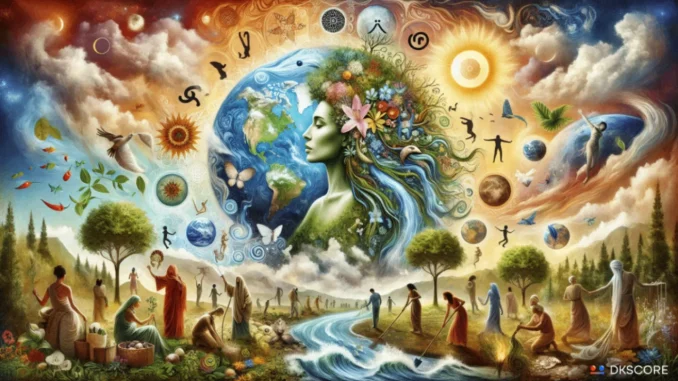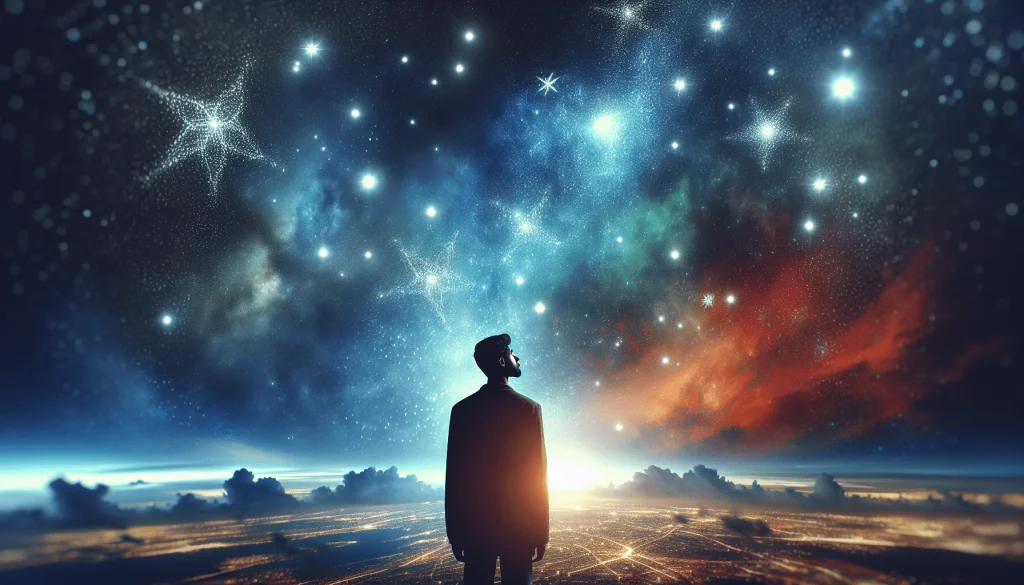
In the vast tapestry of human history, the night sky has served as both a navigator and a narrator, whispering tales of celestial movements that have long been intertwined with earthly phenomena. Among these celestial stories, the practice of astrology—an ancient discipline that interprets the positions and movements of planets and constellations to divine human affairs and natural events—has captured the imagination of countless civilizations. This article delves into the application of astrology in predicting climate changes and natural disasters, examines historical correlations between significant astronomical events and societal upheavals, and discusses the limitations and potential of modern astrology in environmental forecasting.
Astrological Insights into Climate Changes and Natural Disasters
Astrology posits that the gravitational forces and electromagnetic fields generated by celestial bodies can influence terrestrial events, including weather patterns and geological activities. According to this perspective, the alignment of planets with certain fixed stars or constellations might signal periods of increased seismic activity, extreme weather events, or shifts in climate. For instance, some astrological traditions link the conjunction of Saturn and Jupiter, known as the ‘Great Conjunction,’ with significant societal transformations and natural disasters.
Proponents argue that by studying the synodic cycles of planets and their relationships with the zodiac, one can identify patterns that precede natural calamities. The placement of planets in water signs like Cancer, Scorpio, and Pisces is often associated with heightened rainfall and flooding, whereas their positioning in fiery signs such as Aries, Leo, and Sagittarius may indicate droughts and wildfires.

Historical Correlations: Celestial Events and Societal Upheavals
Throughout history, there have been numerous accounts linking celestial phenomena to societal transformations and natural disasters. One notable example is the Great Lisbon Earthquake of 1755, which occurred shortly after a series of significant astronomical events, including a Venus-Jupiter conjunction and a comet’s appearance. These celestial occurrences were widely interpreted as omens by contemporary astrologers and chroniclers.
Similarly, the eruption of Mount Vesuvius in 79 AD, which destroyed Pompeii and Herculaneum, coincided with a series of celestial alignments that were later analyzed by astrologers as predictive of such a catastrophe. These historical correlations, while intriguing, must be viewed with caution due to the lack of rigorous scientific methodology in their interpretation.
Modern Astrology’s Limitations and Possibilities in Environmental Prediction
In the age of advanced meteorology, geology, and climate science, the role of astrology in predicting natural disasters faces significant scrutiny. Critics argue that astrological predictions lack the precision and reproducibility required by modern scientific standards. Furthermore, the complexity of environmental systems and the multitude of variables involved in triggering natural disasters make it challenging to isolate the influence of celestial factors.
However, despite these limitations, there remains a potential for astrology to complement scientific approaches. By integrating astrological insights with data from earth sciences, researchers might uncover patterns that are not immediately apparent through conventional means. For instance, astrological analysis could serve as a hypothesis-generating tool, identifying periods of heightened risk that warrant closer monitoring using scientific instruments.

Moreover, the holistic nature of astrology, which considers the interconnectedness of all things, aligns with the emerging paradigm of environmental science that emphasizes systems thinking and ecological balance. By embracing a multidisciplinary approach, combining the wisdom of ancient traditions with modern scientific rigor, we may gain a more comprehensive understanding of the intricate dance between the heavens and the Earth.
In conclusion, while astrology’s ability to predict specific natural disasters with certainty remains争议重重, its exploration of celestial movements as potential indicators of environmental change offers a fascinating lens through which to view the intricate relationship between the cosmos and our planet. As we continue to grapple with the challenges of climate change and natural disasters, an open-minded exploration of all potential sources of knowledge, including astrology, may yield insights that could inform and enhance our scientific understanding and preparedness.

Leave a Reply